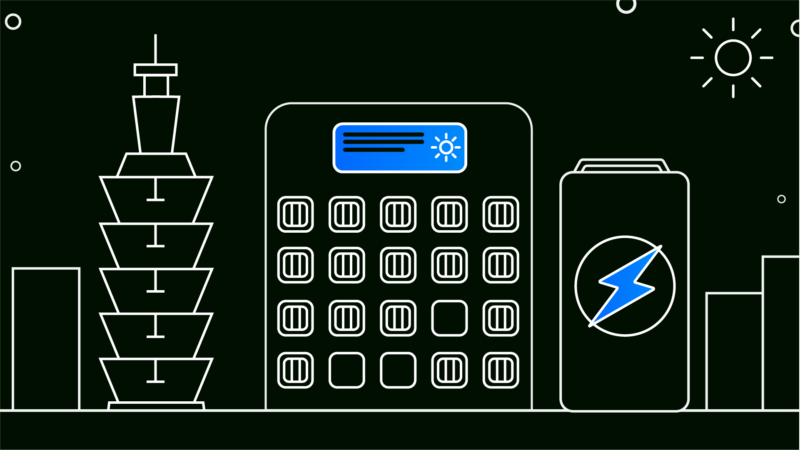The shortage of charging stations limits the sale and usage of EVs worldwide. Here’s how Taiwan solved this problem using supercharging EV stations.
For over a century, internal combustion vehicles have dominated the automobile industry. But the introduction of electric vehicles (EVs) has shifted the consumer’s focus from fossil fuel-based modes of transport to their clean alternatives. Wide-scale adoption of EVs can significantly reduce the transport industry’s carbon footprint, helping the world reach a net zero goal by 2050.
But one major obstacle in the uptake of EV sales and usage is the unavailability of charging stations. Charging EVs also takes a lot of time, which means we need a large number of charging stations to achieve a sustainable and functional network of EVs.
To solve this problem, stakeholders have come up with the idea of a supercharging EV station.
What are Supercharging EV Stations?
A supercharging EV station uses the process of battery swapping to provide quick and economical recharging options to EV owners. This way, users can exchange their EV’s battery to keep it functional.
The station will be simultaneously charge multiple batteries. EV owners can come in, replace their depleting battery with a new one and use a recharged EV for the rest of their journey.
This method requires minimum time and infrastructure, increasing the availability of EV charging stations. It can also help in reducing range anxiety in EV drivers.
How is Taiwan taking advantage of Supercharging EV Stations?
The high urbanization and population density rates make Taiwan an ideal nation for EVs. Taiwan is also the leading manufacturer of electric scooters, which is why a Taiwanese startup, Gogoro, has been providing rechargeable batteries to EV drivers since 2015.
The company has a user base of 450,000 subscribers who swap an average of 300,000 batteries daily. It also has 2.300 stations that provide charging facilities outside convenience shops or parking lots across the country.
Since these stations are not large and require minimum maintenance, Gogoro can charge an affordable amount for each recharge. According to one user, it costs only ten percent more than buying petrol every month.
Due to the popularity of Gogoro, supercharging EV stations already outnumber petrol pumps in four major cities in the country. The startup also claims that 240 million battery swaps since 2015 have helped keep 360,000 tonnes of carbon dioxide out of the air.
Another direct impact of providing these convenient charging alternatives is a double-digit annual decline in the sales of petrol-based motorbikes. Today, almost 21% of all motorbikes in the country are e-bikes.
Also Read: Dark Hub- World’s First EV for Last-mile Couriers
Final Thoughts
Taiwan’s supercharging EV stations are an inspiring example for countries like China, India, and the USA that struggle to convince their large population to opt for cleaner modes of transport. As more countries join in, it can fasten the improvements in battery swapping technology to expand the facility to electric cars.








